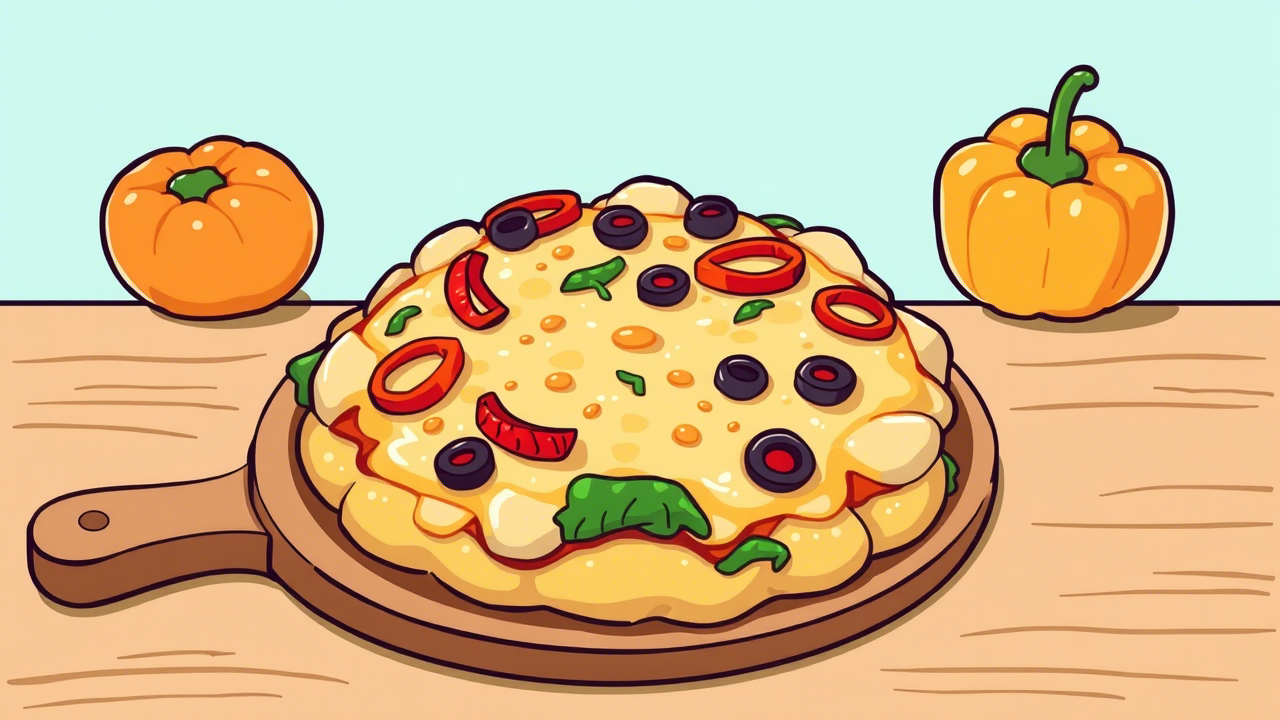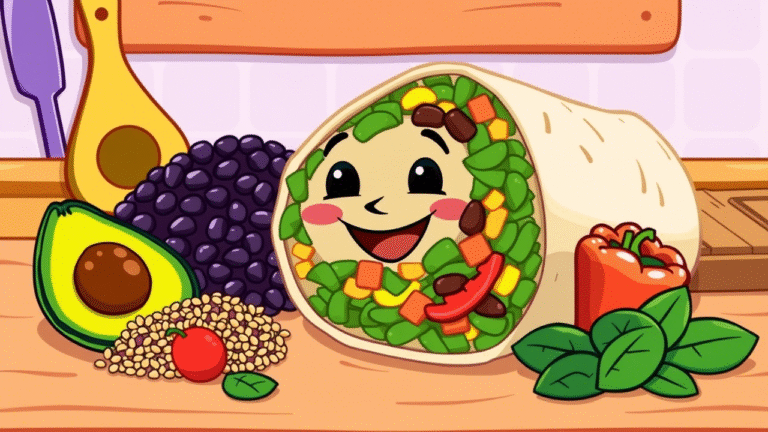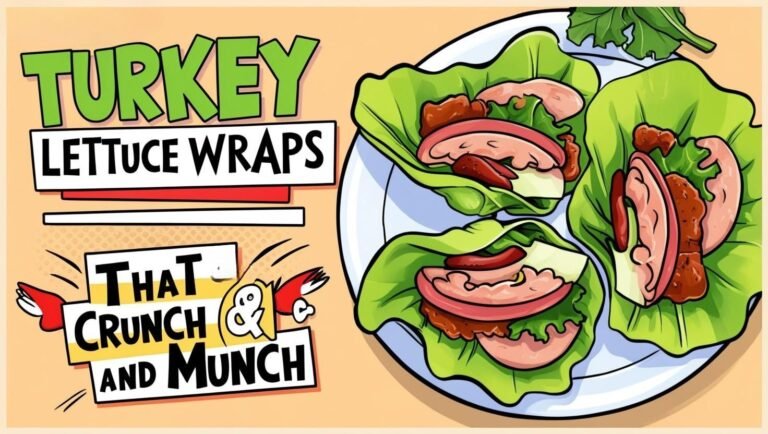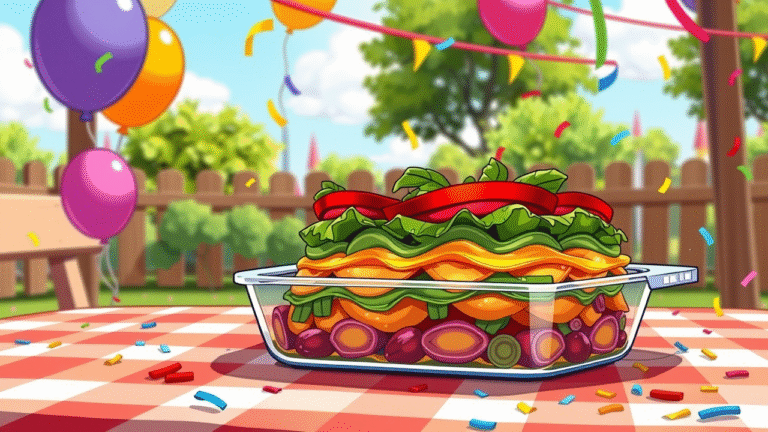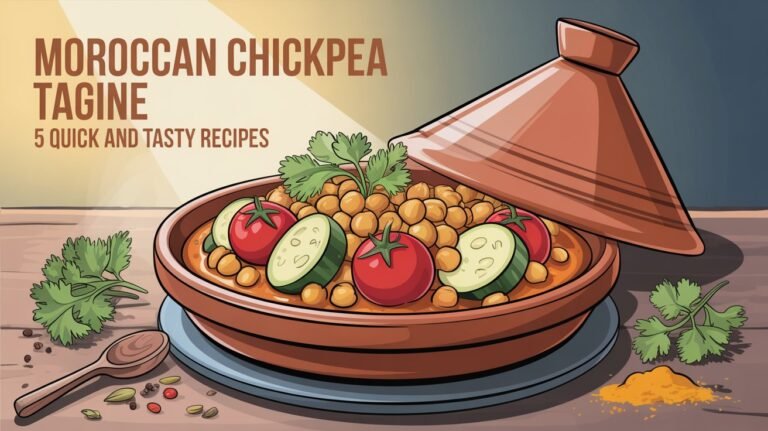Cauliflower Pizza That Tastes Like the Real Deal
Let me tell you something — I always thought cauliflower pizza was just a poor consolation to the fact that vegetables actually can’t be anything dough like.
Boy, was I wrong. Using cauliflower as the base for pizza crust not only makes for a lower carb crust, but it’s also bursting with delicious flavor and good-for-you nutrition. It’s the real deal.
But here’s the kicker: cauliflower crust is lower in calories and carbohydrates and has more protein and fiber than regular crust. Plus, it’s gluten-free.
If you’ve been looking for a healthier pizza option that won’t compromise taste, here it is.
Now, let’s analyze further why cauliflower pizza crust is sweeping kitchen countertops on all fronts. Believe me, give it a shot and you might find yourself never going back to regular pizza.
Why Cauliflower Crust Is Winning Hearts (and Stomachs)
First of all, cauliflower crust is so not a health-food gimmick — it’s really freaking delicious. Even I was skeptical until I tasted my first bite. The texture? Surprisingly satisfying.
The flavor? Spot-on. And here is the part I like best — it is way better for you than regular pizza crust.
Take a look at the numbers. A 12-inch slice of cauliflower pizza crust is 200 calories, with 8g of protein, 12g of fat and a mere 16g of carbs. For comparison, the average slice of regular crust contains 250–300 calories and 6–8g of protein and a jaw-dropping 30–40g of carbs.
But wait—it gets even better. Cauliflower crust is naturally gluten-free, friendly to people avoiding wheat or grains. What’s more, since its formula is primarily cauliflower, cheese, and eggs, it serves up more protein and healthy fats than your run-of-the-mill pizza crust.
Here’s another bonus: cauliflower crust is packed with vitamins and minerals. Yes, you get vitamin C, calcium, potassium and antioxidants, all while chomping on pizza. Who wouldn’t want that?
Breaking Down the Nutrition Stats
Let’s talk numbers. Numbers never lie, and they certainly don’t let me down when it comes to cauliflower pizza crust.
Here is a side-by-side comparison to show you what you’re getting:
| Nutrient | Cauliflower Crust (1 cup/237g) | Cauliflower Crust (1 slice/12″) | Traditional Crust (avg.) |
| Calories | 315 | 200 | 250–300 |
| Protein | 16g | 8g | 6–8g |
| Fat | 16g | 12g | 4–6g |
| Carbs | 32g | 16g | 30–40g |
| Fiber | 5g | 1g | 2–5g |
| Sodium | 789mg | 250mg | 400–700mg |
| Calcium | 237mg | 100mg | 50–100mg |
| Iron | 3mg | 1mg | 1–2mg |
See that? Cauliflower crust takes the prize in just about every category, hands down. It’s lower in carbs, higher in protein, and richer in nutrients like calcium and iron.
Its sodium level is even manageable, if you pick your brand, or make your own.
And it gets better: Cauliflower crust has 2 to 5g of fiber per serving, which is excellent for gut health and fending off hunger pangs. While 2–5g of fiber barely makes the cut for crust as we know it.
So yes, cauliflower crust is basically a superfood hiding in a pizza costume.
How Does Cauliflower Crust Compare to Popular Brands?
If you’re considering purchasing a pre-made cauliflower crust, you’ll be glad to know there are plenty of good choices. Let’s break them down:
| Brand/Type | Calories | Protein | Carbs | Fat | Sodium |
| Whole Foods Cauliflower Crust | 110 | 6g | 14g | 4g | 105mg |
| KBosh Foods Cauliflower Crust | 93 | 7g | 2g | 7g | 140mg |
| Raw Cauliflower (for crust) | 27 | 2g | 5g | 0.3g | 32mg |
Notice anything interesting? Nutrition wise, pre-made cauli crusts really run the gamut. For instance, KBosh Foods serves up a low-carb dream with only 2g of carbs per serving, while Whole Foods comes in a tiny bit carb-heavier at 14g.
Personally, I enjoy experimenting with raw cauliflower to create my own crust. It costs less, it’s fresher, and if I make it myself then I know exactly what went into it. And even by itself, raw cauliflower is mega low in calories—only 27 calories a serving!
The Health Benefits of Cauliflower Pizza Crust
Fine, let’s discuss health benefits. Because let’s be real, everyone wants to eat pizza AND feel good about it.
First of all, cauliflower crust is good for weight loss. Low in carbs, high in fiber to keep you fuller longer than traditional crust. And because it’s gluten-free, it’s also easier on the digestive system.
And here’s another big victory for steaming and mashing: cauliflower is jam-packed with antioxidants and anti-inflammatory compounds.
They protect your cells from damage and lower the risk of chronic diseases, like heart disease and cancer, too.
And, oh yes, heart health, too. Reduced carbs and moderate levels of saturated fat makes cauliflower crust a healthier option for the ages when it comes maintaining low cholesterol levels.
Combine that with nutrient-packed toppings — we’re talking spinach, tomatoes and lean proteins — and you have yourself a heart-healthy meal.
Making Cauliflower Pizza Crust at Home
Okay, so confession—I used to think that cauliflower crust was hard. It turns out, it’s ridiculously simple. The only ingredients you need are a head of cauliflower, some eggs, cheese and seasoning.
This is how I roll: Grate raw cauliflower in a food processor, or pulse until it resembles rice. Steam it for a couple of minutes, then squeeze out all the moisture with a clean kitchen towel. Combine the dry cauliflower with an egg, shredded cheese, garlic powder and salt. You then press the mixture onto a baking sheet coated with parchment paper, bake it at 400 degrees F, for approximately 15 minutes. Voilà—your crust is ready!
The secret here is to extract as much moisture as possible. If there is too much water, the water will make the crusts soggy instead of crisp. Once it’s baked, load up your favorite toppings and return it to the oven for 10 more minutes. Done and done.
Pro tip: If you’re feeling bold, throw in a little almond flour or flaxseed meal for extra texture and nutrition. Believe me, it does.
Why Cauliflower Crust Is Perfect for Special Diets
One of the greatest things about cauliflower crust is how versatile it is. You’re gluten-free, low-carb, or just eating more vegetatively? This crust has you.
For one, it’s 100 percent gluten-free. Not a shred of wheat, not a whit of barley, not an iota of rye — just pure veggie goodness. That means it’s perfect for anyone who has celiac disease, a gluten intolerance.
It’s also a dream for low-carb dieters. At just 16g carbs per slice, it’s a fraction of what you get with regular crust. Keto devotees are convinced it keeps their carb count in check while ensuring an indulgent experience.
And here’s a value add — cauliflower crust is kid-friendly. My nephew loves my recipe with pepperoni (and he always asks for extra cheese). He doesn’t even know he is eating vegetables, lol. Shhh…don’t tell him.
Tips for Serving Cauliflower Pizza Like a Pro
So you’ve made — or bought — your cauliflower crust. Now what? Here are some thoughts on making it a star of a meal.
For starters, go easy on the toppings. Cauliflower crust is less stable than regular dough, and can be disastrous when piled with heavy toppings. Just say no to extra sauce, extra cheese and processed veggies.
Second, play with flavor. Substitute marinara for pesto, or make a white sauce with ricotta and spinach. There’s plenty of room for that.
Finally, serve it hot. Cauliflower crust is best fresh out of the oven. Serve it with a side salad, or with roasted veggies for a full meal.
Oh, and one more thing: Leftovers freeze like a dream. Wrap slices individually in foil and freeze for up to three months. Reheat in the oven for a fast weeknight dinner.
Final Thoughts
Cauliflower pizza crust is another example of how just because something is healthy, it doesn’t have to be bland. It’s flavorful, healthful, and adaptable enough to satisfy everyone at the table.
try it – you may find yourself craving pizza made of cauliflower, instead of the “real deal.

I’m Kai, a fitness fiend and wellness geek from Vancouver. I love helping people find small, sustainable ways to feel better every day. From workouts, to good mental health, to smoothie recipes, I keep it real. Perfection is not my thing — progress is. When I’m not at the gym, I’m likely to be hiking or sampling a new meditation app

